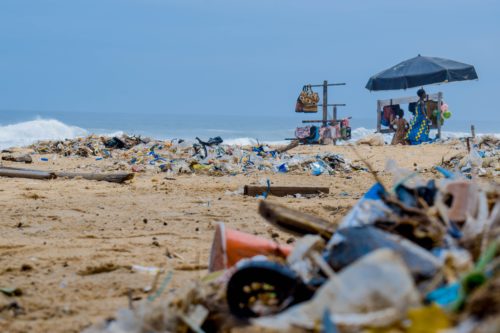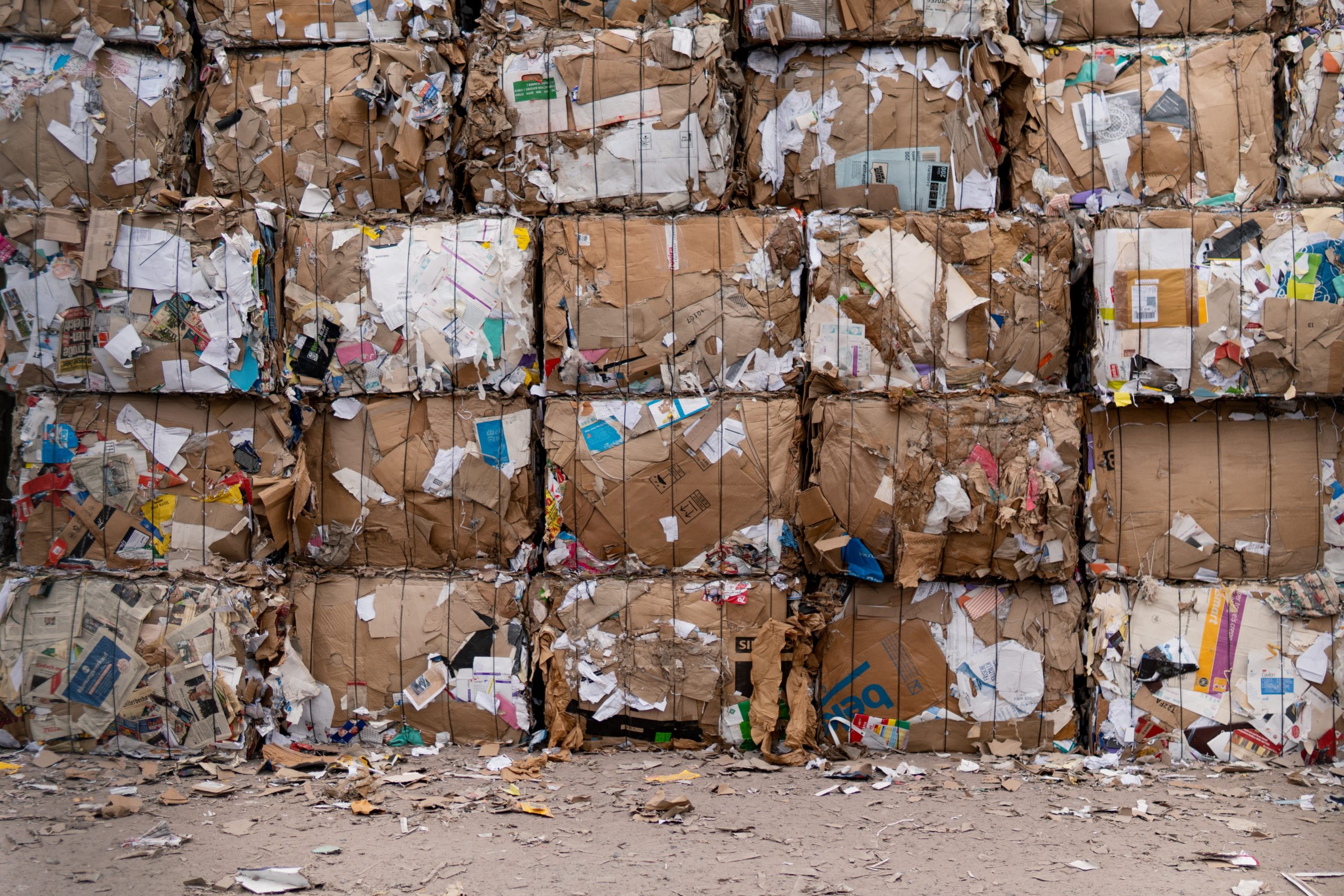Proper waste disposal is an important part of protecting the environment and public health. Inefficient or irresponsible waste disposal can cause serious damage to our air, water, and soil quality. It’s essential that we all learn more about how to properly dispose of our garbage in order to protect ourselves, future generations, and the planet. This article will provide useful information about different types of waste disposal methods so you can make informed decisions for your home or business.
1. Recycling:
One of the most common methods of waste disposal is recycling. This involves sorting, reusing, and reprocessing materials from used products in order to reduce their environmental impact. Common items that can be recycled include paper, plastic containers, glass bottles, aluminum cans, and cardboard boxes. In addition, many communities have designated collection centers where residents can drop off their recyclables for free. Also, many businesses now offer recycling services as part of their regular operations. For instance, some restaurants and retailers offer bins where customers can drop off their recyclables.
2. Composting:
Composting is another waste disposal method that is becoming increasingly popular. This involves breaking down organic materials such as food scraps, leaves, grass clippings, and other yard debris into nutrient-rich soil for use in gardening or landscaping projects. In addition to reducing the amount of waste sent to landfills, composting also helps conserve water and reduce air pollution caused by burning fossil fuels. To learn more about composting, visit your local garden center or research online resources. Additionally, some municipalities may have composting programs available to residents.
3. Hazardous Waste Disposal:
Hazardous waste must be properly handled in order to protect public health or the environment. The folks behind Sharps waste disposal agree that many communities have designated hazardous waste disposal centers where residents can drop off their materials for proper handling. Common types of hazardous waste include batteries, aerosol cans, fluorescent bulbs, paints, solvents, and other chemicals. Make sure you follow all safety precautions when disposing of these items and never dispose of them in a regular garbage bin or dumpster. Additionally, most states have laws regulating how businesses must handle their hazardous waste. Be sure to check with your state’s environmental protection agency for more information about regulations applicable to your business activities.
4. Landfill Disposal:
Landfill disposal is an effective way of disposing of household garbage and other non-hazardous waste. Typically, landfills are large pits or trenches that are lined with a protective barrier to prevent pollutants from leaching into the surrounding soil and water supply. Once the landfill is full, it is sealed off and becomes part of the landscape. In addition to proper disposal of household garbage, some landfills offer special waste disposal services such as electronics recycling, construction debris disposal, and hazardous materials disposal. Contact your local solid waste authority to find out more about these services in your area. Additionally, some landfills offer composting services so you can make use of your organic waste.
5. Burning:
Burning is another form of waste disposal, though it is less common than it used to be due to environmental concerns associated with air pollution. This method involves burning garbage at high temperatures so that the resulting ash can be disposed of safely. Burning is an effective way to dispose of large amounts of waste quickly, but it can cause air pollution and the resulting smoke can be hazardous. Additionally, burning certain materials such as plastics or electronic waste could release toxic substances into the environment. Be sure to check with your local environmental protection agency before burning any type of material in order to determine whether or not it is safe to do so.
6. Reuse:
Reusing is an increasingly popular waste disposal method that helps reduce the number of materials sent to landfills. This involves finding creative ways to use items rather than throwing them away; for instance, you could repair or repurpose broken items, sell or donate used clothing and household goods, or find creative reuse applications for everyday objects. Additionally, many businesses offer take-back programs where they will take back their products at the end of their life cycle so they can be reused or recycled. By choosing to reuse products whenever possible, we can help reduce our consumption of new resources and divert more waste from landfills.

It’s essential to understand the various methods of waste disposal and how they impact our environment. From composting to hazardous waste disposal, landfill disposal, burning, and reuse – there are many options available for disposing of your materials responsibly. By researching these different methods and finding out what is accepted in your local area or municipality, you can make sure that you’re taking care of both public health and the environment when it comes to discarding your items. Reusing products whenever possible is a great way to reduce consumption as well as divert more waste from landfills while helping create a healthier planet!

